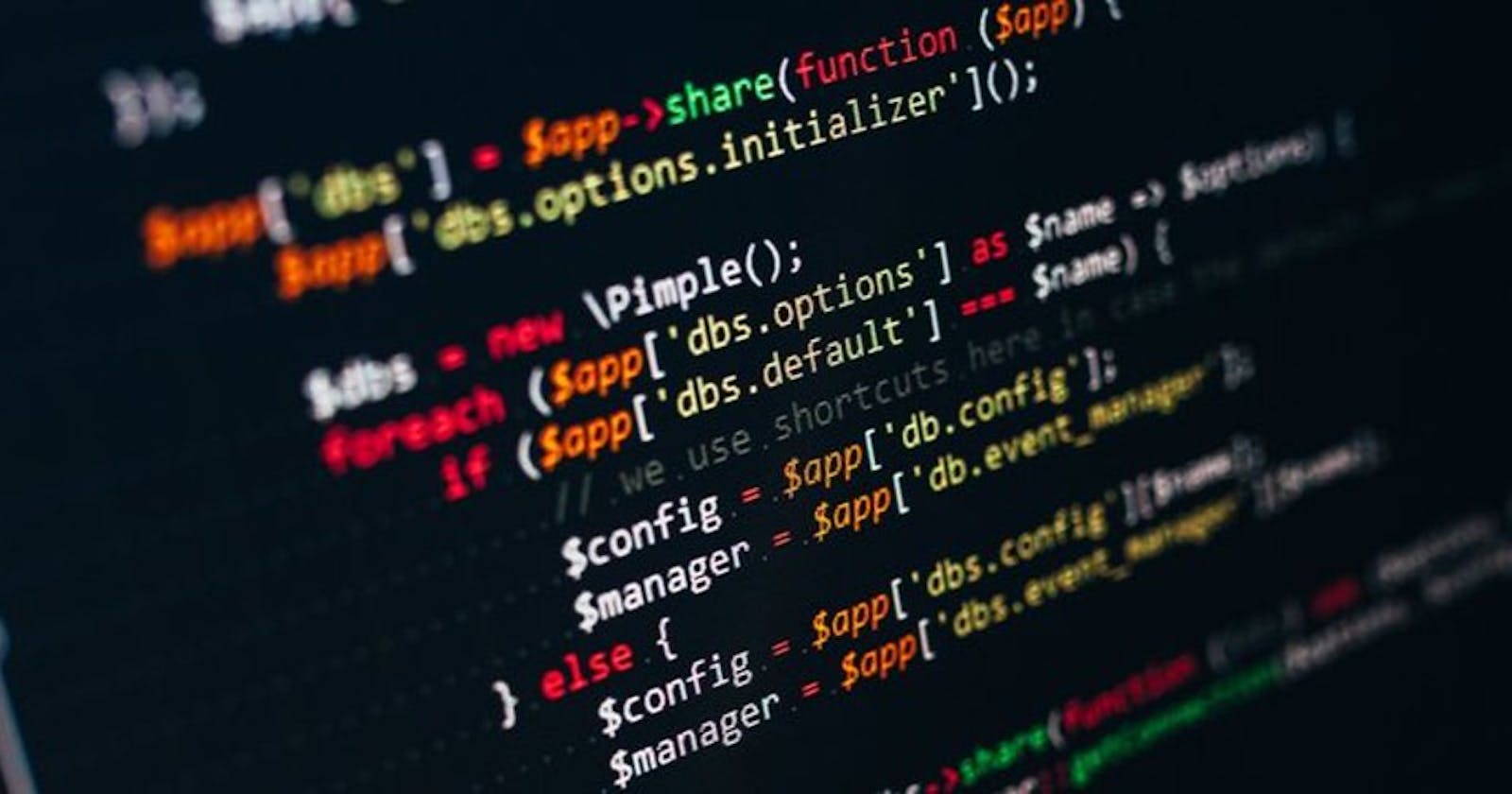In this article, I'll offer you a fundamental overview of web development, explain what it is, and how to get started as a web developer. This guide is for you if you're just starting off with coding!
So let's get going!
What is Web Development?
Web development refers to the creation of websites and web applications. It involves the use of programming languages and tools to build and maintain websites and applications that can be accessed on the internet. Web development is a constantly evolving field, and there are many tools and technologies that you can use to build websites and applications
Basic Technologies used in Web Development
HTML, CSS, and JavaScript are a few of the coding languages/technologies used in web development.
HTML
HTML (Hypertext Markup Language) is the standard language used for creating web pages. HTML consists of a series of tags, or code snippets, that are used to structure content on a web page. For example, the tag <h1> is used to define a header, while the tag <p> is used to define a paragraph.
<!DOCTYPE html>
<html lang="en">
<head>
<meta charset="utf-8" />
<meta name="viewport" content="width=device-width, initial-scale=1" />
<title>HTML</title>
</head>
<body>
<h1> Hello World! </h1>
<p> This is my first webpage </p>
</body>
</html>
CSS
CSS (Cascading Style Sheets) is used to style and format web pages. CSS allows you to control the colors, fonts, layout, and other design elements of your website. For example, you can use CSS to define the background color of a page or to specify the font used in headers.
*{
margin: 0;
padding: 0;
box-sizing: border-box;
background-color: red;
}
h1 {
display: flex;
color: white;
font-family: sans-serif;
}
p {
color: white;
padding: 5px;
}
JavaScript
JavaScript is a programming language that is used to add interactivity to web pages. JavaScript can be used to create things like drop-down menus, pop-ups, and other dynamic elements. JavaScript can also be used to manipulate HTML and CSS, allowing you to create a complex and interactive website
let greeting = 'Hello World';
alert(greeting);
Different Types of Web Developers
You can choose to focus on a variety of web development subjects. The front-end, back-end, and full-stack developers would be the typical categories.
Front End Development
The front end of a website refers to the area that users interact with directly. It is sometimes referred to as the application's "client side." It covers everything that users interact with directly, such as button colors, text styles, photos, graphs, and tables. The front-end developer produces that. They ensure that what you see is well-organized, attractive, and practical.
Front-End Languages:
- HTML, CSS and JavaScript.
Front-End Framework and Libraries:
React.js, Angular.js, jQuery, Vue.js, SASS, and Bootstrap are among the front-end frameworks.
Semantic-UI, Foundation, Materialize, Backbone.js, Ember.js, and other libraries and frameworks are a few examples.
Back End Development
A website's server-side code is its backend. While storing and organizing data, it also makes sure that everything on the client's side of the website runs properly. It is the part of the website that you cannot access or view. It is a component of the program with which users do not come into direct contact. Through a front-end application, users can indirectly access the elements and functions developed by backend designers. Writing APIs, creating libraries, and communicating with system components without user interfaces or even systems of scientific programming are all part of the backend.
Back-End Languages:
- PHP, Python, Ruby, C#, Node.js and Java
Back-End Frameworks:
- Back-end frameworks include Express, Django, Rails, Laravel, Spring, and more..
Full Stack Development
An individual who works on the front end and back end of a web application is known as a full-stack developer. While the back end is in charge of the site's architecture and logic in the background, the front end is in charge of the website's aesthetic appearance and feel.
A full stack developer creates the front end and back end and also ensures that the program is reliable, efficient, and has other key characteristics. They can support the creation of websites or applications at all stages because of their adaptability and time management abilities. Additionally, they are knowledgeable about databases, web servers, and UX/UI design.
Code Editors For Web Developers
The most crucial tool you'll employ to create a website is your code editor or Integrated Development Environment (IDE). You can write the markup and code that make up the website using this tool.
There are a lot of great solutions available, but VS Code is now the most widely used code editor. The main IDE from Microsoft, Visual Studio, is lighter than VS Code. It's quick, cost-free, and simple to use, and you can add themes and plugins to make it your own.
Resources to Learn Web Development
Helpful Documentations
Conclusion
Web development is a dynamic and constantly evolving field that offers a wide range of career opportunities. Whether you're interested in building websites for businesses, creating your website, or developing websites as a career, there are many resources available to help you get started. Start learning the basics and continue to develop your skills as you gain experience, and you'll be well on your way to a successful career in web development.
Thanks for reading! I genuinely hope that this article assists in your initial web development study.
Wishing you well as you begin your web development career!
Connect with me on Twitter.
